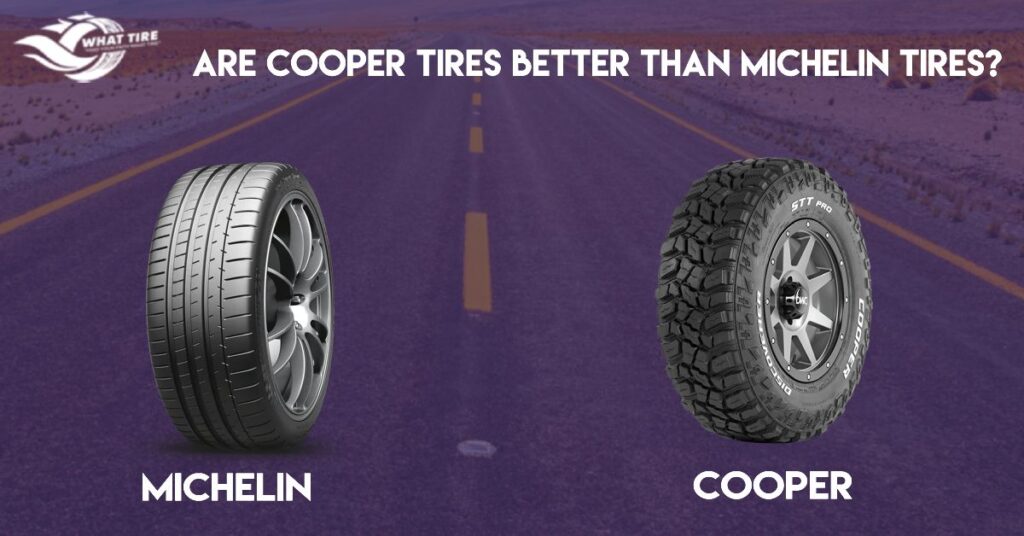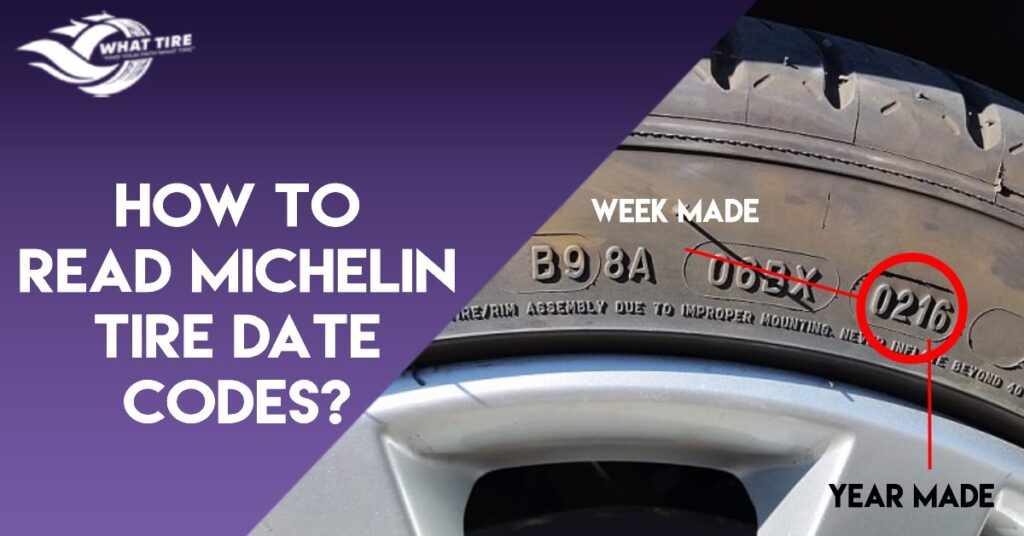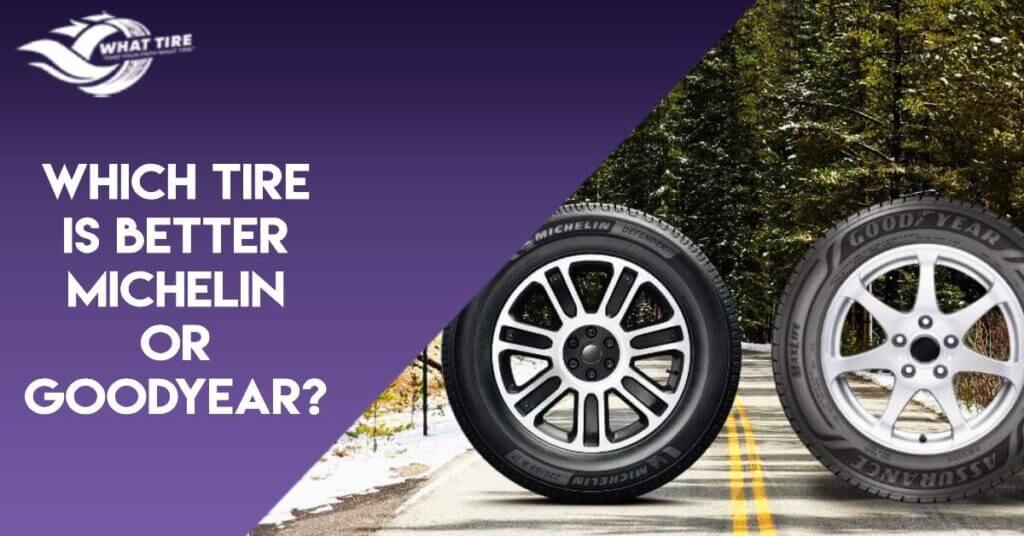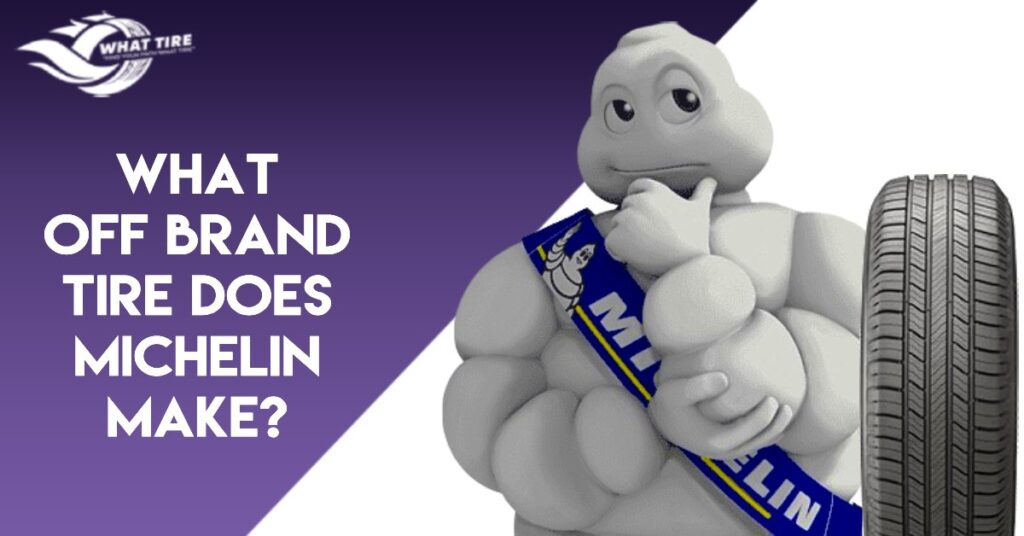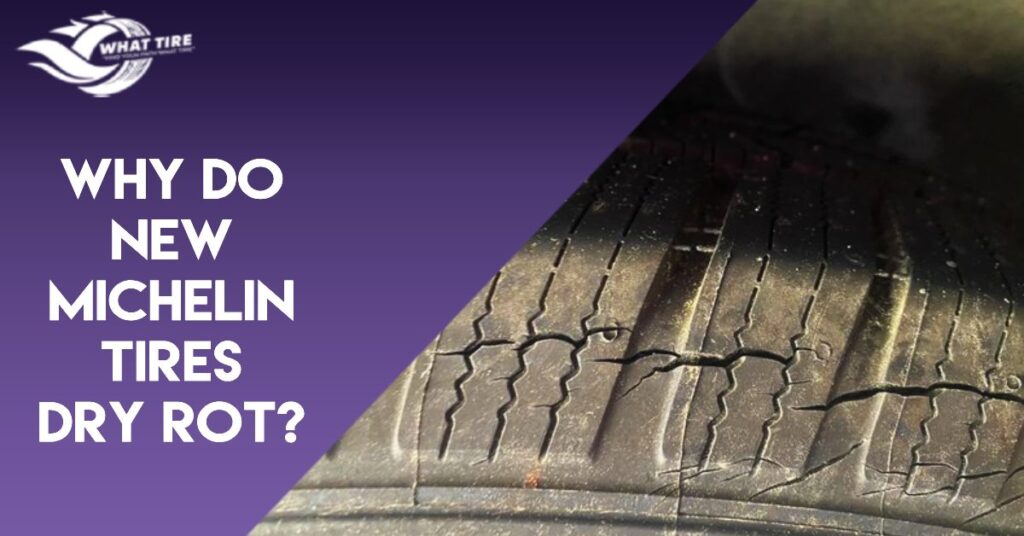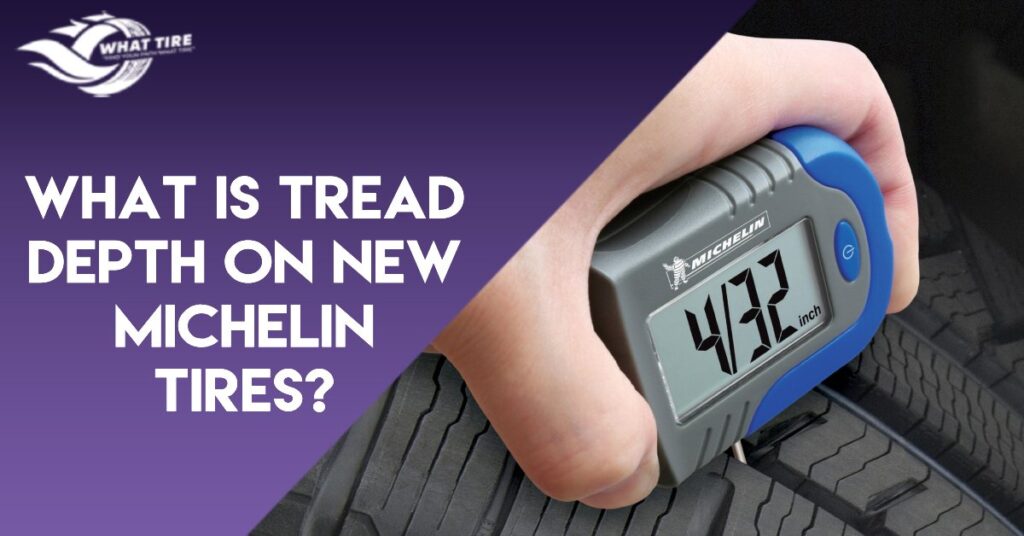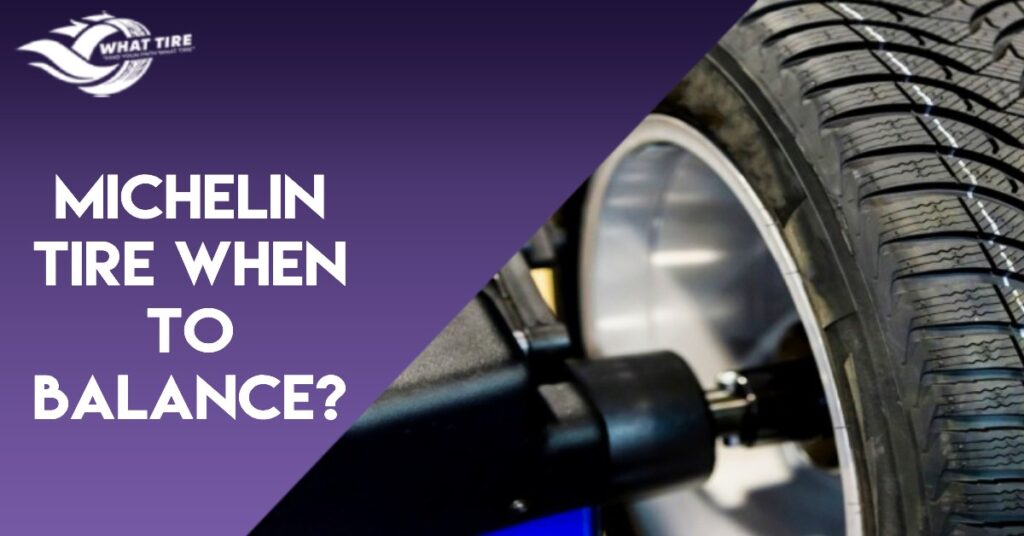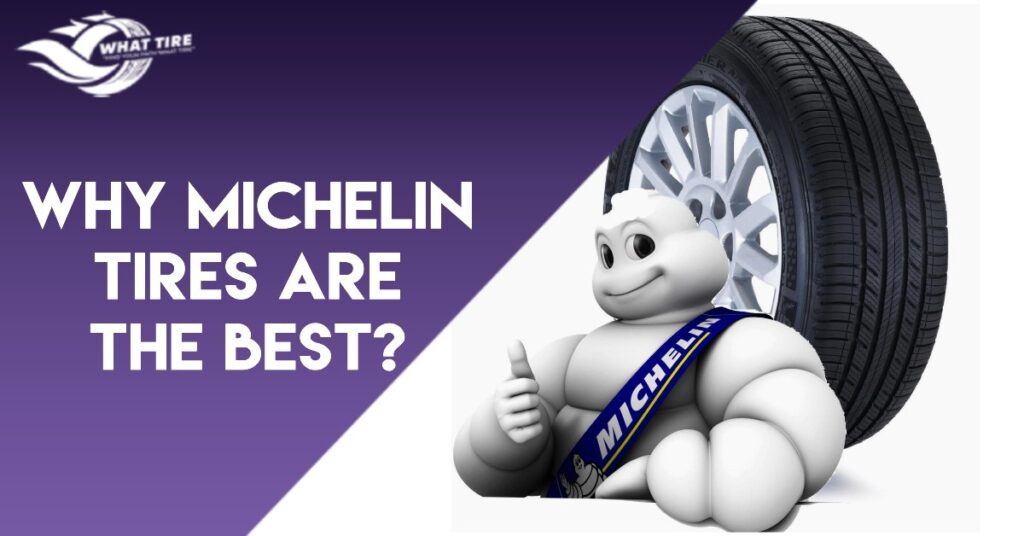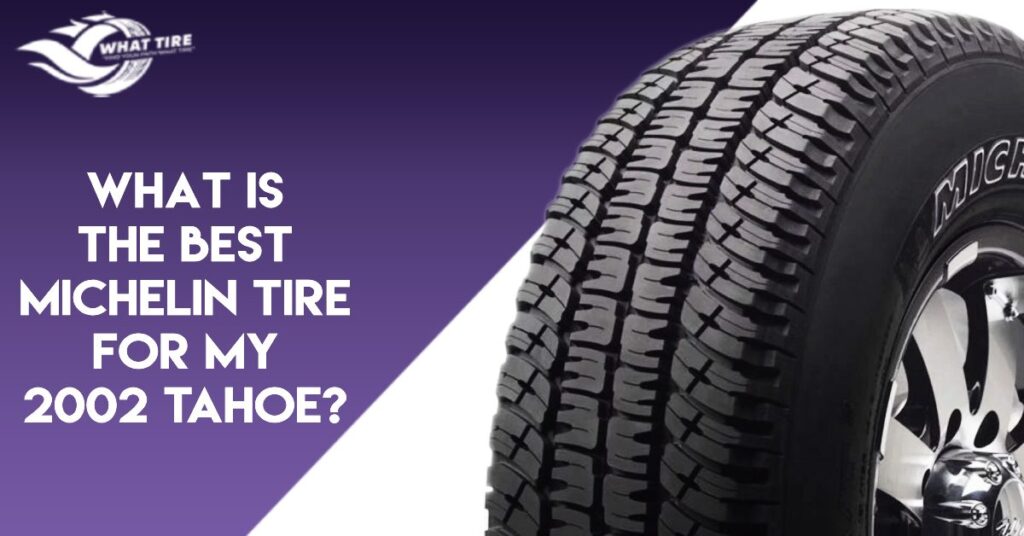Are Cooper Tires Better Than Michelin Tires?
In the world of automotive performance, the choice of tires can make all the difference. With our team of tire experts having extensively tested both Michelin and Cooper Tires, we’re poised to offer an unbiased comparison to help you make an informed decision. From city streets to rugged off-road terrain, each tire brand brings its own set of strengths and specialties. In this analysis, we’ll dissect the nuances of both Michelin and Cooper Tires, examining factors like price, performance, and longevity. About Cooper Tires Cooper Tires, founded in 1914, is an American tire manufacturer known for its range of high-quality tires. The company specializes in producing tires for passenger cars, SUVs, trucks, and off-road vehicles. Cooper Tires emphasizes durability and performance, with advanced technologies such as robust tread designs and specialized rubber compounds for enhanced traction and longevity. About Michelin Tires Michelin, established in 1889, is a global tire manufacturer based in France. Renowned for its innovative tire technologies, Michelin produces tires for various vehicles, including sedans, cars, SUVs, trucks, motorcycles, and bicycles. The company prioritizes safety, fuel efficiency, and longevity in its tire designs, utilizing advanced materials and tread patterns to deliver superior performance in diverse driving conditions. Join us as we reveal the truth behind these renowned tire brands and guide you toward the perfect fit for your driving needs. Michelin Vs Cooper Tires Quick Comparison Table Let’s have a look at the summarized view of a comparison between Michelin and Cooper tires. Checkpoints Michelin Tires Cooper Tires Verdict Price Generally higher price point More budget-friendly pricing Cooper Availability Wide range of options available Extensive options across different tire categories Tie Off-Road Performance Good traction and durability Better traction and durability in off-road conditions Cooper Tread Life Excellent tread life expectancy Longevity and durability in certain tire models Tie Stiffness and Handling Exceptional handling and stability Stiff sidewall construction for enhanced handling Michelin Winter Performance Superior grip and traction in snow and ice Enhanced winter performance in certain models Michelin Performance Tires High-performance options available Responsive handling and grip in performance tires Tie Customization & Specialty Customized solutions for specific needs More options for specialty tires and customization Cooper Cooper Tires Versus Michelin Tires Let’s get started and compare both tires on 8 different points to know which tire succeeds in points. 1. Price In terms of price, Michelin and Cooper Tires present distinct offerings catering to varying budgetary constraints. Michelin tires often position themselves in the premium segment of the market, reflecting their emphasis on advanced technologies and materials. This premium positioning is evidenced by higher initial purchase costs compared to Cooper Tires. However, Cooper Tires are renowned for providing cost-effective solutions without compromising quality. Their competitive pricing strategy makes them a preferred choice for consumers seeking reliable performance at a more affordable price point. Therefore, while Michelin tires may offer top-tier features, Cooper Tires excel in providing budget-friendly options, making them the superior choice for those prioritizing affordability. 2. Availability When considering availability, both Michelin and Cooper Tires boast extensive networks and distribution channels worldwide. Michelin’s established presence in the tire industry ensures widespread availability across various regions, with a comprehensive range of tire options readily accessible through authorized dealerships and retail outlets. Similarly, Cooper Tires also maintains a robust distribution network, offering a diverse selection of tires tailored to meet the demands of different vehicle types and driving conditions. While Michelin’s long standing reputation may provide a slight edge in terms of availability, Cooper Tires remain widely obtainable, ensuring customers have ample options to choose from, making the comparison between the two brands a tie in this aspect. 3. Off-Road Performance Michelin and Cooper Tires show distinct characteristics tailored to diverse terrain challenges. Michelin tires, renowned for their engineering precision, often incorporate innovative technologies to enhance traction and durability in off-road conditions. Their advanced tread designs and robust sidewall constructions provide excellent grip on rugged surfaces, ensuring stability and control during challenging maneuvers. However, Cooper Tires excels in this domain by prioritizing off-road-specific features in certain tire models. With reinforced tread patterns and specialized rubber compounds, Cooper tires offer enhanced traction and durability on unpaved trails and rocky terrains. Additionally, their aggressive tread designs promote self-cleaning, preventing mud and debris buildup for sustained performance. Thus, while Michelin tires boast advanced engineering for off-road capability, Cooper Tires emerge as the superior choice for enthusiasts seeking optimal traction and durability in demanding off-road environments. 4. Tread Life Michelin tires are engineered with high-quality materials and advanced tread compounds designed to resist wear and maintain optimal performance over extended periods. Their precision manufacturing processes ensure uniform tread wear, resulting in prolonged tire life and consistent performance throughout the tire’s lifespan. In contrast, Cooper Tires are recognized for certain models’ exceptional durability, characterized by robust construction and resilient tread patterns. These tires are engineered to withstand the improvement of daily driving and challenging road conditions, offering extended tread life and enhanced mileage before requiring replacement. Overall, while both brands prioritize longevity, Cooper Tires stands out for their reputation for exceptional durability and extended tread life, making them the superior choice for consumers seeking long-lasting performance and value. 5. Stiffness and Handling Michelin tires are renowned for their precise handling characteristics, achieved through advanced sidewall construction and proprietary tread designs. Their tires exhibit a balanced stiffness-to-flex ratio, ensuring responsive steering response and cornering stability. Additionally, Michelin’s focus on tire rigidity contributes to improved road feedback and overall control, particularly in high-speed driving scenarios. On the other hand, Cooper Tires offer competitive handling capabilities, with certain models featuring reinforced sidewalls for improved stiffness and enhanced cornering performance. While Cooper tires may deliver commendable handling characteristics, Michelin’s reputation for precision engineering and refined handling makes them the superior choice for drivers prioritizing responsiveness and control on the road. 6. Cooper vs Michelin for Winter Performance Michelin tires are engineered with specialized tread compounds and innovative siping patterns, optimizing grip and traction on snow-covered roads. Their advanced technologies enhance braking performance and
Are Cooper Tires Better Than Michelin Tires? Read More »

